The Public Charge Rule has been part of U.S. Immigration law for more than 100 years, since its first introduction in the Immigration Act of 1882. Multiple interpretations of the rule have been implemented by administrations throughout the years, most recently by the Clinton Administration’s Personal Responsibility and Work Opportunity Reconciliation Act (PRWORA) and Trump’s Final Rule .
How the public charge rule works
Under section 212(a)(4) of the Immigration and Nationality Act (INA), the rule comes into effect when individuals applying for admission to the U.S. or, if they were already in the country, applied for an adjustment of status, such as a green card. During the process an immigration officer would make a determination of applying the public charge law based on the factors established by the statute (see list below). Multiple factors are considered, such as “age, health, family status, assets, resources, educational skills and financial status.” 1. If the officer determines that the individual applying would become a public charge, then the application will most likely be denied. Affidavits by family members (sponsors) that promise to aid the individual applying are usually considered, so long as the sponsor can prove that he/she can financially take care of the person. This has been a case over a century.
Also Read: DACA program eligibility and requirements 2021
How Trump impacted the public charge rule
The final rule establishes a framework whereby a person is classified as “likely to become a public charge” if they exhibit attributes that, according to an immigration officer, make them likely to accept twelve months’ worth of public benefits in any thirty-six-month period at any point in the future. 2. The importance, and perhaps the most consequential point of this interpretation, is that immigrants without any status are not eligible for federal benefits. However, the ruling implies that if such a person applying is likely to use benefits in the future, then they should be denied admissibility. Source
As a result, in a study conducted by the University of California in LA (UCLA), 25% of adult immigrants in California avoided receiving public benefits due to fear of being charged by the Public Charge rule. Link.
Also Read: Visa H-2B, a program for temporary jobs in the US
What is the status of the public charge ruling today?
March 24th, 2021: USCIS stopped applying the Public Charge Final Rule to all pending applications and petitions on March 9, 2021. USCIS removed content related to the vacated 2019 Public Charge Final Rule from the affected USCIS forms and has reverted to The 1999 Interim Field Guidance.
While the courts rolled back Trumps’ Final addition to the rule, individuals applying for adjustment of status or admissibility still need to prove that they can be self-sufficient without relying on government benefits. USCIS is now applying the prior 1999 Interim Field Guidance which was in effect before the October 2019 Public Charge Final Rule was implemented.
These are the benefits subject to consideration (link):
- Supplemental Security Income (SSI);
- Temporary Assistance for Needy Families (Safety Net Assistance in NYS);
- Any federal, state, local, or tribal cash benefit programs for income maintenance (often called general assistance in the state context, but which may exist under other names);
- Long-term institutionalization paid for by the government (Medicaid institutionalization)
Note: The 1999 Interim Field Guidance does NOT include non-emergency federally funded Medicaid, Supplemental Nutrition Program (SNAP), Section 8 housing assistance, or public housing. (These benefits were added under the Trump Administration’s guidance but are no longer included in the public charge determination.)
Benefits Not Considered:
- Child Health Plus
- Medicare Part D Extra Help
- Qualified Health Plans on the Marketplace*
- Essential Plan in NYS
- Disaster relief
- WIC
- National school lunch programs
- Foster care and adoption
- Student and mortgage loans
- Energy assistance (HEAP)
- Food pantries or soup kitchens
- Homeless shelters
- Head Start, among others
*Receipt of the premium tax credit is also an excluded benefit in the listing of excluded benefits on the NYS of Health Marketplace. However, while having private health insurance is a positive factor in the public charge determination, receipt of the premium tax credit will eliminate any advantage of having private health insurance. (source)
If your children use any of the benefits subject to consideration, whether they are citizens or not, the parent applying for adjustment of status will not be affected under the public charge rule. Public charge only applies if the person adjusting his/her status is the one using the services listed above.
Note: Children who are applying for a green card are subject to the rule.
Also Read: I-751 Form: Petition to Remove Conditions on Permanent Residence










